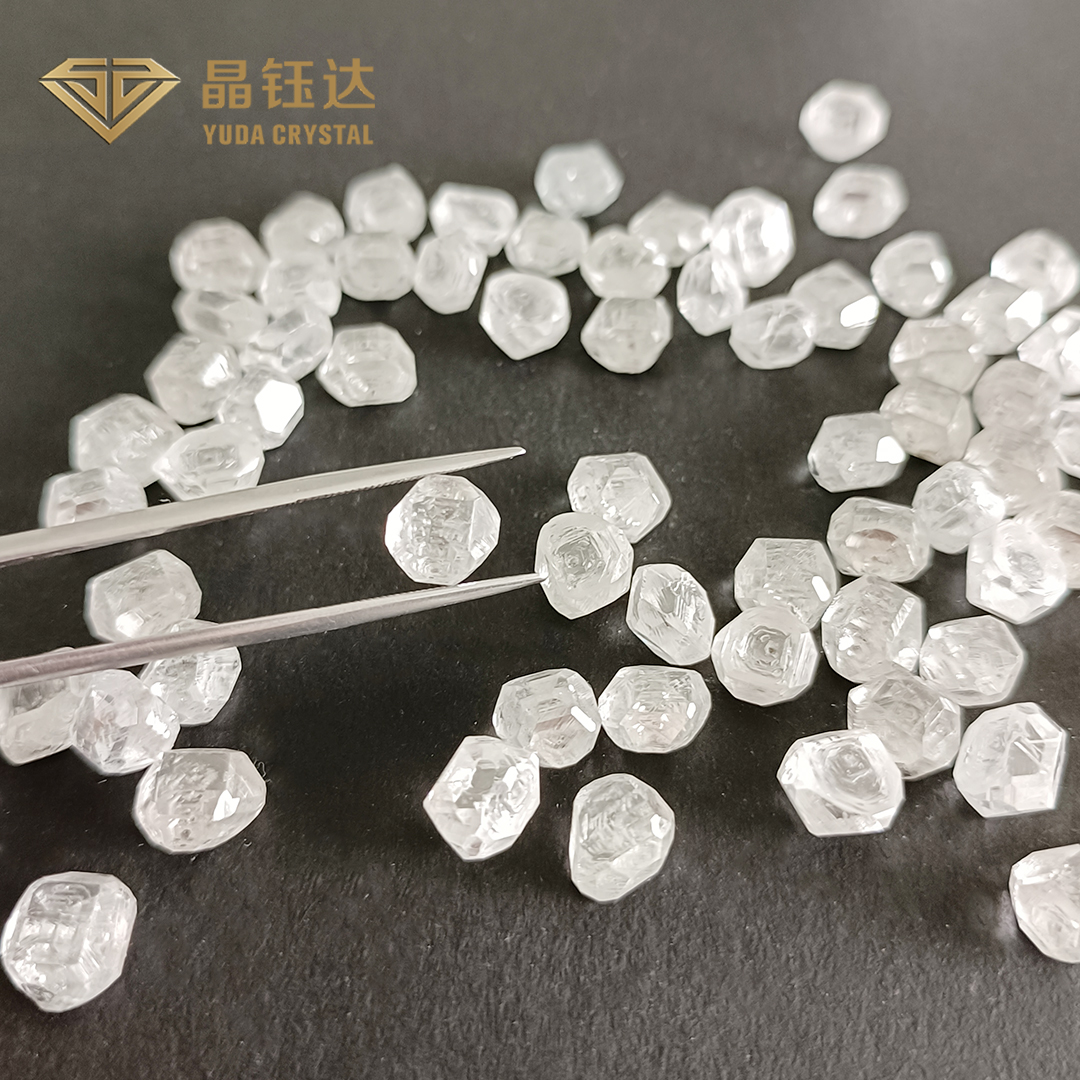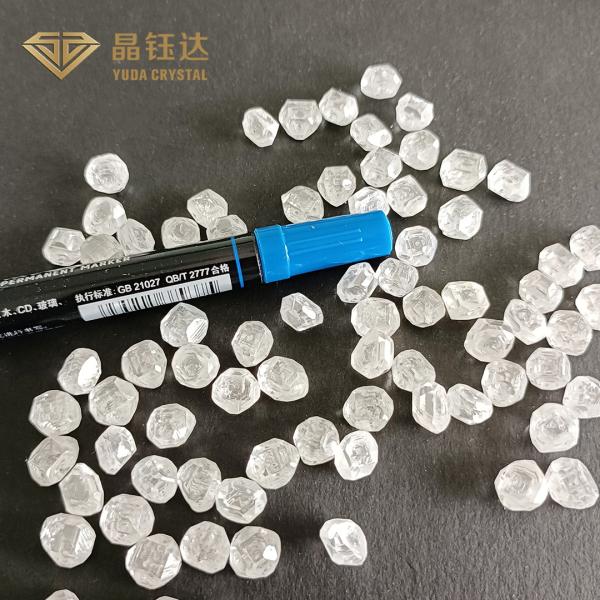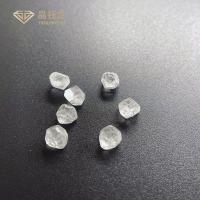Round Shape Uncut White DEF Color VVS VS Clarity HPHT Rough Diamond
Lab Grown Diamonds Description
Lab grown diamonds refers to the diamond with the same chemical
composition, crystal structure and physical characteristics
produced by certain technology and process flow in the laboratory
or factory; It's polished gem-grade diamonds; Also known as
technology diamond, synthetic diamond.
Cultured diamonds, also known as "synthetic diamonds", are
artificially grown diamonds in a laboratory. At present, there are
usually two ways to grow diamonds: HPHT (high temperature and
pressure) and CVD (chemical vapor precipitation). Cultured diamonds
have similar chemical composition, physical properties and crystal
structure to natural diamonds, making it difficult to distinguish
them with the naked eye.
Due to the different natural environment, the molecular structure
of artificial diamond is not the complete octahedral structure of
natural diamond but a complex structure, which will produce
phosphorescence phenomenon. With the maturity of artificial diamond
production technology, its low cost, and can produce a variety of
colors of diamonds and in the jewelry market. While synthetic
diamonds from laboratories and factories have been around for
decades, synthetic diamonds of gem-quality have only recently
emerged. Synthetic diamonds were originally used for industrial
purposes such as making cutting tools, but they are also used in
jewelry.
Characteristics Of Lab Grown Diamonds
| The Difference Between Lab Diamond And Natural Diamond |
| Attribute | Lab Grown Diamonds | Natural diamond | Distinction |
| Chemical composition | C(carbon) | C(carbon) | No |
| Refractive index | 2.42 | 2.42 | No |
| Relative density | 3.52 | 3.52 | No |
| Dispersion | 0.044 | 0.044 | No |
| Hardness value | 90 GPA | 90 GPA | No |
| Thermal conductivity | 2*103 W/M/K | 2*103 W/M/K | No |
| Thermal property | 0.8*10-6 K | 0.8*10-6 K | No |
| Light transmittance | DEEP UV TO FAR TR | DEEP UV TO FAR TR | No |
Resistivity | 1016 OHM-CM | 1016 OHM-CM | No |
Compressibility | 8.3*10-13 M2/N | 8.3*10-13 M2/N | No |
Lab grown diamonds are exactly the same as natural diamonds, no
different.
Advantages Of Lab Grown Diamonds
Diamond has prominent advantages in cost performance, and its
industry acceptance and standardization are increasingly
strengthened.
High temperature and high pressure diamond technology is also
developing. HPHT used to focus only on small gem-grade diamonds,
but in recent years, many HPHT diamond manufacturing companies have
also begun to produce large carats, some even more than 10 carats.
HPHT diamonds can now be internally purified to VVS grade. The
biggest advantage over CVD diamonds is the high level of colour.
But HPHT's adamantine luster is no better than CVD diamonds, and
adamantine is usually the result of a very high refractive index
and good cutting -- it's one of the sharkiest shiny transparent
stones in the gemstone world. Diamonds Diamonds are undoubtedly the
shiniest of all diamonds. The diamond-like sheen of CVD diamonds is
almost as good as that of natural diamonds, while HPHT is not as
good. So most of the jewelry industry will use HPHT diamond as
cherry stone, because it is very good color, like a little cherry
stone shiny, very perfect.
Lab Grown Diamonds Details












